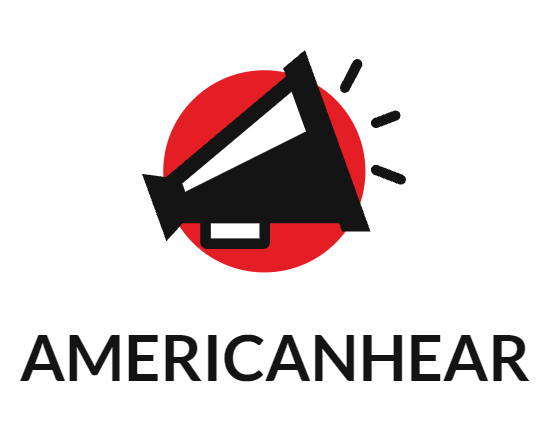The need to find safe, more efficient and environmentally friendly pumping systems has compelled industries to reconsider their fluid handling systems. Although commonly used, traditional pumps that have mechanical seals are usually linked to maintenance issues, leak-prone situations and the need to increase the operating expenses. The sealless pump solutions that employ hi-tech designs, including magnetic drive coupling, have become a favorite alternative in various industries. Their ability to operate leak-free, a high level of reliability, and adherence to high standards have rendered them more and more appealing to industries that require long-term productivity and sustainability.
Addressing Leakage Concerns
Among the most interesting factors that are pushing industries towards the use of sealless pumps is the fact that they do not produce leakage. The mechanical seals in the conventional pumps will serve as the obstacle to ensure that the fluid does not escape, yet they can easily wear out, misalign, and fail. Not only can product be lost as a result of leakage, but it can also result in safety issues and contamination of the environment. Sealless pumps address this issue with magnetic/canned motor technology to provide torque transmission without having a shaft seal. This design is such that the fluids are contained in entirety, thus safeguarding the staff and the environment around.
Lower Maintenance and Operational Costs
The most frequent failures in traditional pumps can be mechanical seals, which need frequent inspection, replacement, and repair. These services lead to idleness, labor costs and spare parts costs. Sealless pump design allows this to be eliminated. Having fewer parts that need service, they get longer service intervals and fewer maintenance requirements. In the long term, this will result in reduced total cost of ownership. To businesses that run around the clock, this cut in unplanned stops and operational disruption leads to a significant financial benefit. This reliability not only protects production schedules but also strengthens overall operational efficiency.
Versatility Across Multiple Industries
Sealless pumps are not adapted to one industry only. They are applied in chemical processing in order to deal with violent acids, solvents and bases. They are also used in the petrochemical industry to enable safe transportation of pressurized high-temperature hydrocarbons. Pharmaceutical and biotechnology enterprises use them in the transfer of sterile fluids, whereby contamination is not allowed. The hygienic design and preservation of product integrity are of interest to food and beverage manufacturers. This broad scope of usage highlights the diversity of sealless pump technology and the reason why it is being adopted by more industries.
Growth in Technological Advances
With constant innovation, the sealless pumps have been maximized, rendering them all the more applicable in complicated applications. New materials like duplex stainless steel, Hastelloy and titanium are developed to allow these pumps to operate under conditions that are highly corrosive and high temperature. Better bearing and containment shell design has increased durability, and new cooling techniques have enabled the pumps to work under extreme thermal conditions. These innovations in technology make sure that sealless pumps not only fulfill the modern requirements of the industry but are also ready to face the new challenges in the manufacturing industry and energy.
Enhanced Safety in Hazardous Environments
Safety is a major concern in industries that deal with toxic, corrosive, or flammable fluids. Sealless pumps offer a very strong solution because they eradicate the possible ways through which leaks may occur, exposing the workers to various hazardous materials or even to the release of harmful vapors in the air. The operational risks are drastically reduced in the petrochemical processing industry, the pharmaceutical industry, and the fine chemicals industry, where the secure containment of sealless pumps plays a significant role in mitigating risks associated with operation. The fact that they can match tough international standards such as API 685 and ISO 15783 also gives industries confidence that they can be used in hazardous fluid transfers.
Conclusion
The movement toward sealless pump solutions is not just a technological movement, but a movement in the priorities of industry. The increased use of sealless pumps over conventional sealed ones is due to safety, reliability, sustainability, and cost efficiency concerns that are guiding the decision-making process by the decision-makers. Seal-less pumps are establishing a new standard in the handling of fluids by removing leakage hazards, lowering operating expenses, and achieving worldwide standards. With industries constantly developing and having to meet even tighter regulatory standards, sealless pumps will be the leading edge of innovation and make a difference in the way industries are run safely and effectively.


